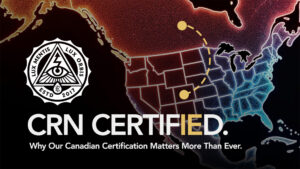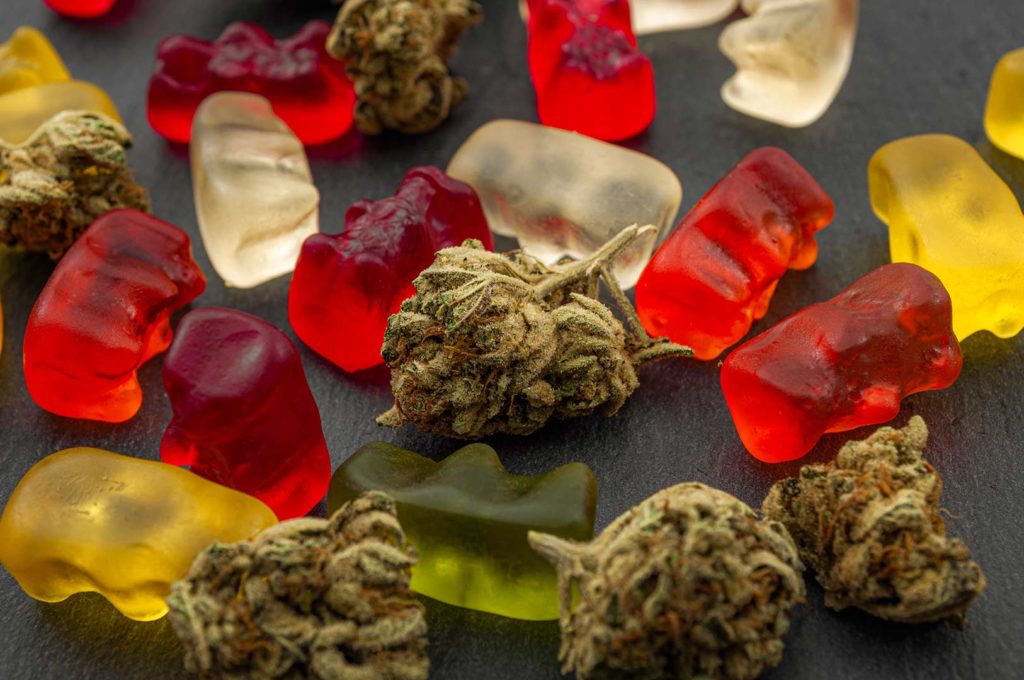
Ensuring Code Compliance:
The Importance of Annual Field Verifications for Hydrocarbon Extraction Facilities
Botanical extraction takes place in a lab setting and uses an array of different methods in the extraction process. Extraction methods include hydrocarbon—using butane and/or propane—as well as ethanol extraction, CO2 extraction, and solventless extraction. Closed-loop hydrocarbon extraction represents the most efficient way to produce the best botanical extracts.
Edibles are perhaps the most approachable way for consumers to experience botanical extractions. Crafted by artisanal extractors, edibles come in many forms, from colorful gummies and decadent brownies to fizzy beverages and minuscule mints. Loaded with varying amounts of plant compounds for different levels of potency, edibles constitute the “create your own journey” end of the botanical extraction spectrum.
The method you use to create these bite-sized treats factors greatly into quality. As we know, people first taste with their eyes, so visual attraction is crucial, and since edibles are consumed orally and thus tasted by customers, flavor is equally important. The extraction method you use will directly impact both the appearance and taste of your product.
In this blog, we’ll compare two extraction methods for botanical edibles: hydrocarbon and ethanol. Along the way, we’ll find out which one produces the best cannabinoid and terpene levels. We’ll also look at the most effective extraction equipment for making botanical edibles.
Hydrocarbon extraction employs butane or propane to separate chemical components, particularly cannabinoids and terpenes, from inert plant material. After it’s separated, the resulting extract is used in the production of a wide range of concentrated botanical products.
As for how it actually works, the hydrocarbon extraction process uses propane or butane to “wash” the trichomes away from the flower’s surface. The extracting solvent is then evaporated from the product, leaving only the targeted components behind. Once the concentrate is free of solvents, it’s safe for consumption.
The equipment used for the hydrocarbon method includes metal tube, glass, or ceramic vessels tightly packed with plant material. Hydrocarbon solvent is sprayed—or poured—through one end of the tube. The liquid that exits out the other end of the tube is the solvent, chock full of the active compounds of the plant. The hydrocarbon solvent is removed from the concentrate using a vacuum evaporator.
When butane is used in the hydrocarbon extraction method, it’s known as butane hash oil or butane honey oil (BHO) extraction.
Back in high school chemistry class, we were taught that “like dissolves like,” meaning polar/ionic solvents dissolve polar/ionic solutes and nonpolar solvents dissolve nonpolar solutes. Water, for instance, is a polar solvent. It’s capable of dissolving salts and other polar molecules, but it can’t dissolve nonpolar molecules such as oil.
Hydrocarbon extraction employs this same time-honored practice of laboratories across the globe, employing cold, liquified butane and/or propane to wash essential oils and compounds from plant matter. The product of that extraction process is then refined for recreational or medicinal use.
More Pros of Hydrocarbon Extraction:
Though this method is proven in its ability to result in a reliably high-quality botanical concentrate, there are some drawbacks to hydrocarbon extraction. For starters, hydrocarbon extraction can be potentially dangerous if not carried out properly. Butane and propane are highly flammable, so you must ensure your equipment and safety protocols meet strict standards and regulations.
More Cons of Hydrocarbon Extraction:
Ethanol has a long history of extracting oil from plant materials for consumer products. Ethanol (C2H5OH), also known as ethyl alcohol, is a colorless and flammable liquid that can be used as a solvent to “wash” plant material and separate the biomass from the oil-based beneficial compounds.
The process of how ethanol extraction works is similar to that of hydrocarbon extraction. Using ethanol, this extraction method separates the valuable plant compounds from the biomass, before it is evaporated. Most ethanol extractors will use room temperature or cool conditions to extract specific cannabinoid acids to make infused products, such as botanical edibles. Using these moderate or cooler temps helps reduce the levels of plant pigments and waxes in the final product and encourages total cannabinoid recovery.
Ethanol extraction is highly regarded by some manufacturers because it is widely available and cost-effective when compared to other extraction methods. Ethanol is an extremely common solvent, as it has many uses beyond the botanical world. The liquid solvent is also used in the manufacturing of alcoholic beverages and in some household settings. This ubiquity helps to keep the price down.
More Pros of Ethanol Extraction:
Despite some advantages, ethanol extraction does have a handful of downsides. Ethanol tends to pull excess plant matter from the biomass along with the cannabinoid compounds. It also has a bit of a slow and arduous recovery process, collecting fewer overall cannabinoids than methods such as hydrocarbon extraction.
More Cons of Ethanol Extraction:
Terpene and cannabinoid profiles are what make botanical extracts highly desirable in the edible marketplace. These hidden components of the plant determine the potency of the product, as well as flavor and aroma.
Because of the heavy amount of post-processing that’s necessary with ethanol, you can’t get the pure, potent product that consumers want. Ethanol extraction does not capture the natural flavors and aromas like hydrocarbon extraction does. With ethanol, extraction technicians actually have to add flavors and aromas back into the product at the end of the process. This leads to a far less natural end product with a more synthetic taste and smell.
In contrast, hydrocarbon extraction crafts concentrates that are rich in all of the natural characteristics of the source plant material. Hydrocarbon extraction enables you to reap a larger concentration of terpenes, cannabinoids, and other minor compounds, resulting in a full spectrum of edible botanical products. What’s more, with less post-processing requirements, hydrocarbon-born extracts like BHO are as close to nature’s plant as you can get in a lab setting. And in a marketplace flooded with pretenders, authenticity is the key to success.
When it comes to producing edibles that will make some noise in the botanical marketplace, your best option is the hydrocarbon extraction method. The combination of butane and propane yields a greater level of the plant’s natural cannabinoids, terpenes, and other essential oils. This results in a high-quality, full-spectrum extract that can be used to craft distillates.
Distillates are crucial to edible botanical products because they can be infused without altering the overall flavor of the product. As such, you need best-in-class extraction equipment to produce outstanding distillates.
Our purpose-built extractors don’t just separate valuable compounds from plant material, they separate you from the competition. Connect with Illuminated Extractors and learn how you can produce edible botanical products that will take a bite out of the marketplace.

The Importance of Annual Field Verifications for Hydrocarbon Extraction Facilities

CRN Certified.

In the cannabis extraction industry, the margin for error is shrinking—literally. As larger operations dominate the market with aggressive pricing and vertically integrated models, small

Our Revolutionary Refrigeration Tech Reaches Cryogenic Temperatures We’re proud to announce a major leap in refrigeration science: our newly patented refrigeration system, capable of reaching

Recent closures should mean an upgrade for your lab!

Scaling Up with Illuminated Extractors: The Ultimate Solution for Expanding Labs As cannabis extraction labs scale their operations, the need for equipment that can handle

Certified in all 50 States
All Illuminated Extractors extraction models have received Technical Report Certification authored by Pressure Safety Inspectors (PSI). All models have been peer-reviewed for Safety and compliance in all 50 states. Please contact us for more information about certifications for your local AHJ.
Illuminated Extractors LTD – All Rights Reserved. Copyright © 2017-2025. Privacy Policy | Terms & Conditions